Spring Bird Control: How to Protect Your Property from Pest Birds
As winter fades and temperatures rise, birds become more active, searching for nesting sites and food sources. While many bird species are a welcome sign of spring, some can become a major nuisance. Pigeons, starlings, sparrows, and grackles are common pest birds in North America, known for causing property damage, creating health hazards, and leaving behind unsightly droppings, making spring bird control critical.
Taking proactive steps early in the season can prevent infestations before they start. Here’s how to prepare your property for pest birds this spring.
Why Spring is a Critical Time for Bird Control
Spring marks the peak of bird migration, nesting, and breeding. During this time, birds search for secure locations to build nests, often choosing rooftops, eaves, vents, and ledges on homes and businesses. If left unchecked, these nests can clog drainage systems, damage insulation, and attract more birds to the area.
Additionally, pest birds like pigeons and starlings can carry diseases such as histoplasmosis and salmonella, posing a risk to humans and pets. Addressing bird activity early in the season reduces the likelihood of costly repairs and health concerns later on.
Inspecting Your Property for Bird Entry Points and Nesting Areas
Before implementing bird control measures, inspect your property for signs of nesting and potential entry points. Look for:
- Twigs, feathers, and droppings accumulating in corners, under eaves, or on ledges
- Holes or gaps in vents, chimneys, and siding where birds may enter
- Birds frequently perching or gathering in specific areas
Addressing these problem spots early will help prevent birds from establishing a presence on your property.
Effective Bird Deterrents for Spring
Physical Barriers to Prevent Nesting and Roosting
One of the best ways to deter birds is by making landing and nesting areas unappealing. Physical deterrents create obstacles that prevent birds from settling in unwanted spaces.
- Bird spikes work well on ledges, beams, and signage to prevent perching. Made of durable materials, they create an uneven surface that birds avoid.
- Bird netting is ideal for large areas like warehouses, gardens, and patios, blocking birds from accessing these spaces.
- Bird wire systems offer a discreet solution for high-visibility areas, using tensioned wires to prevent birds from landing.
Visual and Sound-Based Deterrents to Keep Birds Away
If birds are gathering on your property, visual and sound-based deterrents can disrupt their comfort and encourage them to leave.
- Predator decoys, such as the 3D Coyote or Prowler Owl, mimic natural threats, making birds feel unsafe. These work best when moved frequently to prevent birds from becoming accustomed to them.
- Reflective deterrents, like Irri-Tape and Scare-Eye Balloons, use light and movement to create an environment birds find unsettling.
- Sonic and ultrasonic bird repellers emit sounds that disrupt bird communication and make areas inhospitable. These are particularly effective for large outdoor spaces, parking lots, and rooftops.
Habitat Modification to Reduce Bird Attraction
Birds are drawn to areas with ample food, water, and shelter. Making small changes to your property can significantly reduce their appeal.
- Secure trash bins and remove any uncovered food sources that may attract birds.
- Eliminate standing water in gutters, fountains, and ponds to deter pigeons and geese.
- Trim trees and shrubs near buildings to prevent birds from roosting close to structures.
By removing these attractants, your property becomes less desirable to pest birds.
Canada Goose Control: Preventing Nesting and Property Damage
Canada geese can become a significant nuisance in the spring as they search for safe nesting areas near water sources, parks, golf courses, and commercial properties. Once geese establish a nesting site, they can become aggressive, leave excessive droppings, and damage landscaping. Taking action early in the season is the best way to prevent long-term problems.
Effective Goose Deterrents for Spring
- Sonic Goose Repellers – Devices like the GooseBuster® Pro use real Canada goose distress calls and predator sounds to create an environment geese perceive as unsafe. This system effectively deters geese from areas up to 1.5 acres and is fully programmable for optimal performance.
- Predator Decoys – Life-like 3D Coyote decoys positioned in open grassy areas mimic natural goose predators, making geese wary of the space.
- Visual Deterrents – Products like Irri-Tape use light reflections and movement to startle geese and encourage them to relocate.
- Liquid Goose Repellents – Bird Stop® is a non-toxic liquid deterrent that makes treated grass and water sources unappealing to geese, encouraging them to move elsewhere.
Habitat Modification to Discourage Geese
- Reduce access to food sources by keeping grass trimmed and avoiding feeding geese.
- Use fencing or strategic landscaping to block access to water features and open areas where geese prefer to gather.
- Implement a combination of deterrents to reinforce the message that the area is unsafe for geese.
Get Complete Goose Control with the GooseBuster® Pro Bundle
For maximum effectiveness, the GooseBuster® Pro Bundle includes a combination of sonic, visual, and liquid deterrents designed to keep geese away long-term. This exclusive bundle features:
- GooseBuster® Pro Sonic Deterrent
- 3D Coyote Predator Decoys
- Irri-Tape Visual Deterrent
- Bird Stop® Liquid Goose Repellent
To learn more about the GooseBuster® Pro Bundle and find the right solution for your property, contact our sales team at 1-800-662-5021 or email [email protected].
Safe and Legal Nest Removal Practices
If birds have already started nesting, it’s important to handle removal carefully. Many bird species are protected under the Migratory Bird Treaty Act, which prohibits the removal of active nests. Always check that a nest is inactive before taking action.
For inactive nests:
- Remove nesting materials and clean the area with a bird-safe cleaning agent to eliminate scent markers.
- Install physical deterrents immediately to prevent birds from returning.
If an active nest is present, consult a professional to determine the best course of action.
Long-Term Strategies for Year-Round Bird Control
Spring bird control isn’t just a seasonal task—it’s part of an ongoing strategy to keep pest birds away year-round. Regular maintenance and monitoring ensure that birds don’t establish long-term residency.
- Conduct routine property inspections to spot early signs of bird activity.
- Use a combination of deterrents to keep birds guessing and prevent habituation.
- If bird problems persist, consider hiring a bird control professional to assess your property and implement advanced solutions.
Take Action Now for a Bird-Free Spring
Spring is the perfect time to put effective bird control measures in place. By inspecting your property, implementing deterrents, and reducing attractants, you can prevent pest birds from becoming a problem this season.
For expert advice and high-quality bird control solutions, explore Bird-X’s full range of products designed to keep birds away—humanely and effectively.

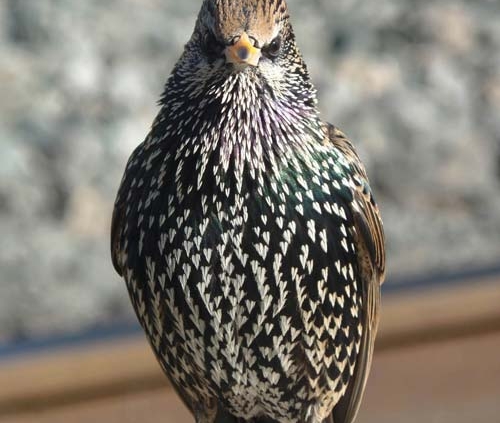
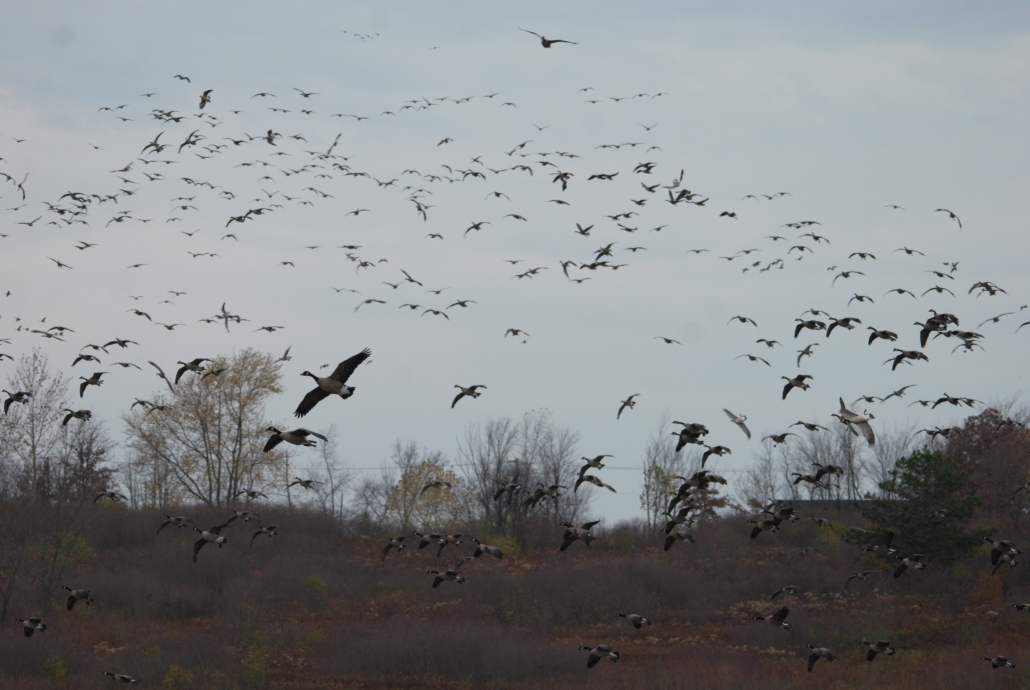
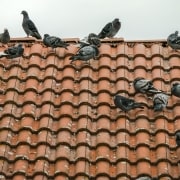
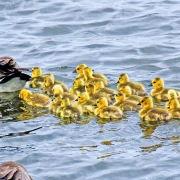
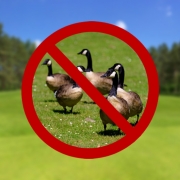
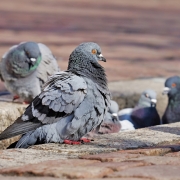





Leave a Reply
Want to join the discussion?Feel free to contribute!